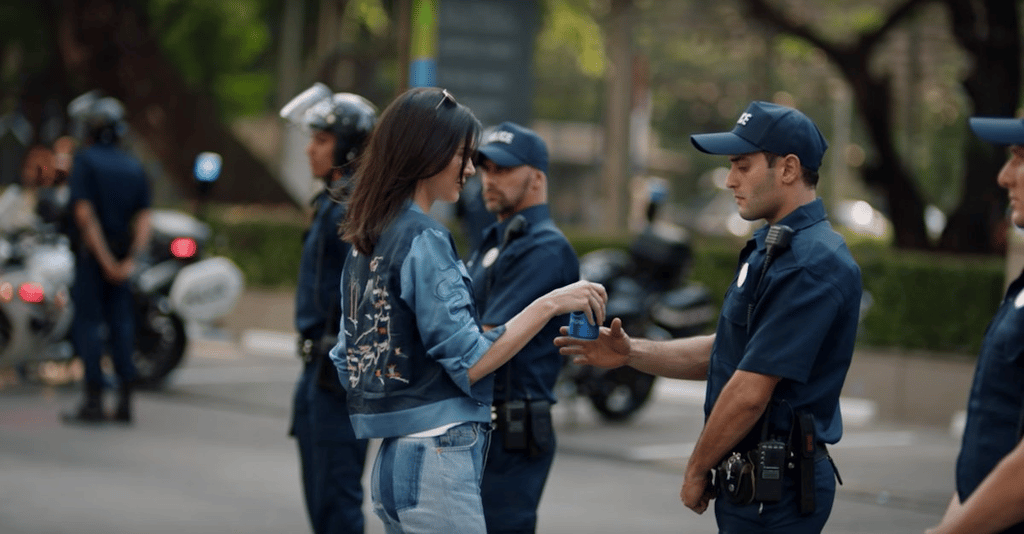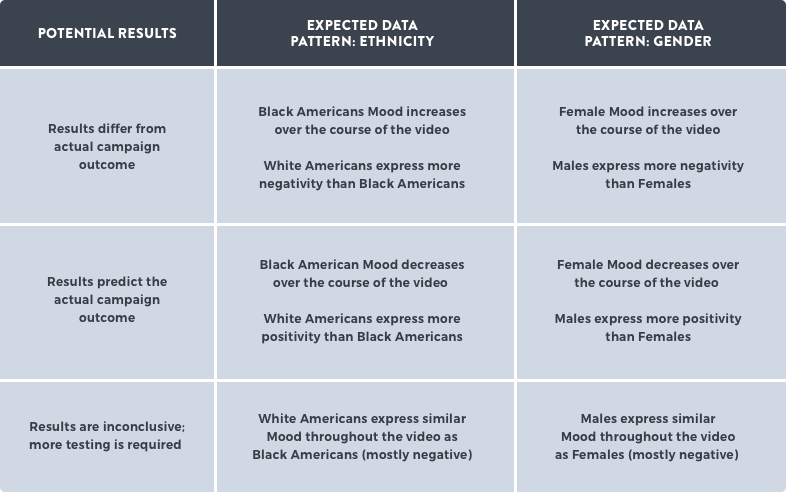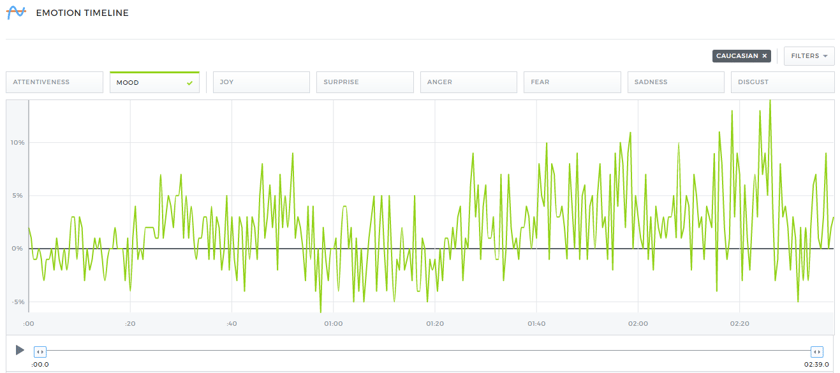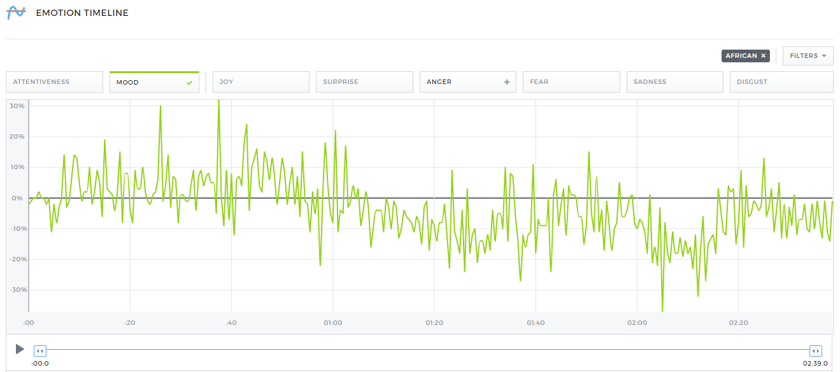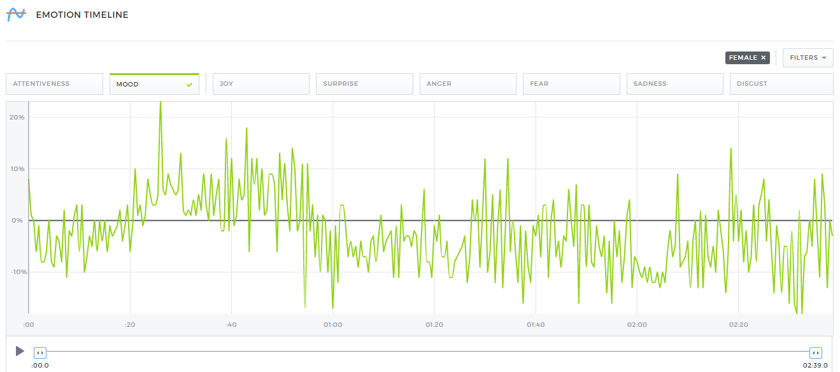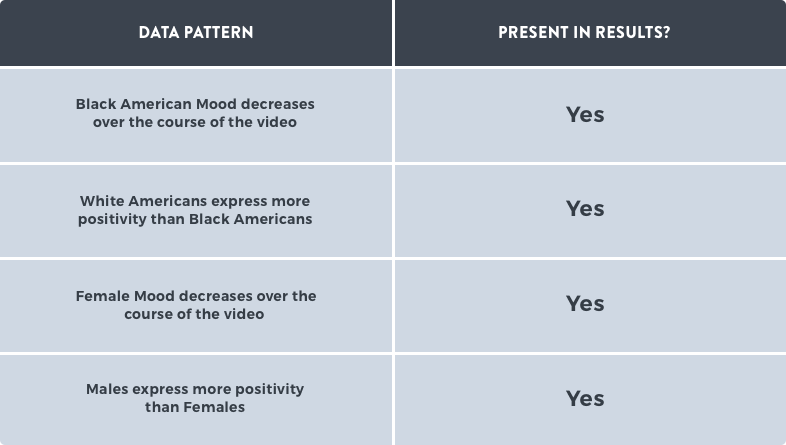Ads fail all the time.
In fact, ads fail more often than they succeed.
But they rarely fail as quickly and spectacularly as Pepsi’s Live for Now ad featuring Kendall Jenner.
If you haven’t heard about the ad yet, know this: within 24 hours of releasing the ad, Pepsi caved to social media pressure and pulled it. The swiftness of the company’s action belies the seriousness of the reaction from social media and the mainstream press.
An article published by Wired sums up the backlash well: “Pepsi’s Kendall Jenner Ad was So Awful It Did the Impossible: It United the Internet.”
First, it united Twitter:
I've been studying commercials for 30 years. Kendall's Pepsi ad is legitimately the worst one I've ever seen.
— Joseph Kahn (@JosephKahn) April 4, 2017
@Pepsi, this ad is trash. pic.twitter.com/x4iUd6hJYm
— deray mckesson (@deray) April 4, 2017
"YOU WANT DIET OR REGULAR PEPSI?" pic.twitter.com/DSEn5y5npv
— MAXIIMUS (@maxcdesign) April 5, 2017
"Kendall please! Give him a Pepsi!" pic.twitter.com/pO1PTYkCHW
— Clay Jensen (@antonioscastles) April 5, 2017
Then it united the mainstream press:
-
Pepsi Pulls Ad Accused of Trivializing Black Lives Matter
-
Influencer Marketing Gone Wrong: Why Pepsi’s Ad Featuring Kendall Jenner Missed the Mark
-
Cringe-worthy Pepsi ad uses Kendall Jenner, protests and police to sell soda
-
Kendall Jenner Pepsi Commercial: How the “Worst Ad Ever” Came to Be
With such an overwhelmingly negative response to the ad, it's easy to think that Pepsi should have seen it coming - surely focus group or survey participants would have expressed the same distaste, right?
Unfortunately, traditional ad testing solutions have historically done a poor job of predicting campaign results. Dumbstruck, on the other hand, is uniquely designed to identify exactly how viewers respond to a video ad before it is released to the public.
So we found a group of 50 people who had not yet seen the Pepsi ad, and we put our platform to the test. Our goal was to find out what would have happened if Pepsi had tested the ad before releasing it. Could we have predicted the public outcry? Would the results have been clear enough to make Pepsi rethink the ad?
Test Overview and Details
Target Demographics
An analysis of Twitter and major news publications revealed that two demographic segments responded most negatively to the ad: Black Americans and Female Americans. By focusing the test on these groups and their counterparts - White Americans and Male Americans, respectively - we were able to clearly define ahead of time what test results would qualify as successfully predicting the campaign outcome and what results would not.
Potential Results
We defined three general types of results that we might get back from the test and the expected data patterns that would need to be present in order to confirm each:
Additional Details
Number of Participants: 50
Gender: 50% Female | 50% Male
Ethnicity: 50% African | 50% Caucasian
Geographic Location: United States of America
Results: White Americans and Black Americans
White Americans
The graph below shows the overall Mood of all White Americans who took part in the study. Notice how the Mood line trends upward from the start of the video to the end - this is a very positive pattern that indicates increased intent to purchase and brand recall.
If you look closely, you'll also see that Mood reaches its highest point within the last 15 seconds of the video - this indicates that White Americans developed a strong overall positive association with Pepsi while watching the video.
Black Americans
Black American Mood remains above the baseline for the first minute of the video. It then drops and spends almost all of the remaining video below the baseline. This is a strongly negative pattern, especially considering Pepsi's attempt to evoke positive feelings. Typically ads with upbeat music, smiling faces, and dancing will evoke positive emotions from most viewers - and those emotions usually increase as the video goes on.
The overall decreasing trend of Mood indicates that Black Americans grow increasingly less engaged with the video as they watch; it also indicates that they develop a negative overall association with the video.
It is also important to note that Black Mood falls to its lowest point at the 2:04s mark, just as it becomes clear that Kendall Jenner is going to hand a can of Pepsi to a police officer. This is the most controversial moment of the ad and thus it is unsurprising that it evokes the most negative response.
Black American Survey Responses
Each Black American and each Female American participant was also asked to describe his or her response to the ad after viewing it. Below is a sample of the responses from Black Americans that closely mirrored actual responses to the ad when it was launched as well as the overall negativity expressed by Black Americans in the graph above. The similarities further strengthen and support the results already described.
“It was really stupid. A directionless piece of crap that flip flopped tones.”
“...the message was lost once she handed the Pepsi to the police officer. The issue is way more complex and shouldn't be treated so casually”
“Culture appropriation. shortsighted. Lacking true vision, also lacking understanding and empathy to the plight of a people. Kendall Jenner is not a hero.”
“Great at first but then I just got angry.”
“I don't really want to see politics in a beverage I drink each day. Didn't really make me feel anything other than it seemed odd.”
Results: Male Americans and Female Americans
Male Americans
The graph below shows the overall Mood of all Males who took part in the study (both Black and White). Notice how the Male Mood line consistently trends upward from the start of the video to the end. The pattern is strikingly similar to the Mood line in the Caucasian graph. Thus it indicates that Males developed an overall positive association with Pepsi, an increase in intent to purchase, and greater brand recall.
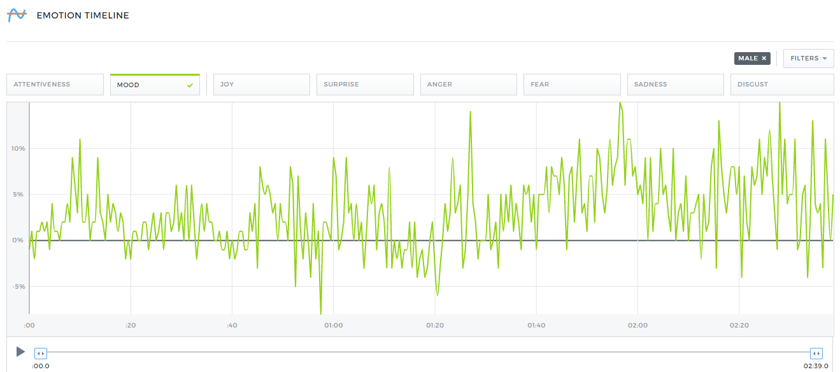
Female Americans
Females responded with nearly the opposite reaction as Males. Notice in the graph below how the Female Mood line trends downward for most the video and hits its lowest point near the very end. Whereas Male Mood is above the baseline for nearly the entire video, Females are below the baseline for over two minutes of the 2:40s video.
Just as the Male Mood pattern is strikingly similar to the White Mood pattern, the Female Mood pattern is strikingly similar to the Black Mood pattern. The biggest differences between the two are:
-
Female Mood does not reach the same levels of negativity as Black Mood. Female Mood falls to -15% while Black Mood falls to -35%.
-
Female Mood falls to its low point at the 2:32s mark, the moment when the words "LIVE LOUDER" are displayed. Black Mood, on the other hand, reached its lowest point as Kendall Jenner handed a can of Pepsi to a police officer.
Female Survey Responses
Below is a sample of the responses from Female Americans that closely mirror the overall negativity expressed by in the graph above. The similarities further strengthen and support the results already described.
“Kinda dumb and misguided.”
“It was lame.”
“Now I won't drink it. This doesn't celebrate our plight.”
“Yeah, I have negative perceptions (of Pepsi).”
“I hate it. I hate that Jenner girl in it. What are they fighting for,exactly? I didn't march in the women's march just to be made into a commercial.”
Conclusion
As displayed in the table below, the four data patterns we identified as predictive of the actual campaign outcome were all present in the test results. Thus we can confidently say that if Pepsi had used Dumbstruck to test the Kendall Jenner ad before releasing it, they would have recognized the negative responses the video would evoke from Black Americans and Female Americans. Given the clarity of our test results, it's difficult to imagine that Pepsi would have released the ad without making substantial changes to it.


